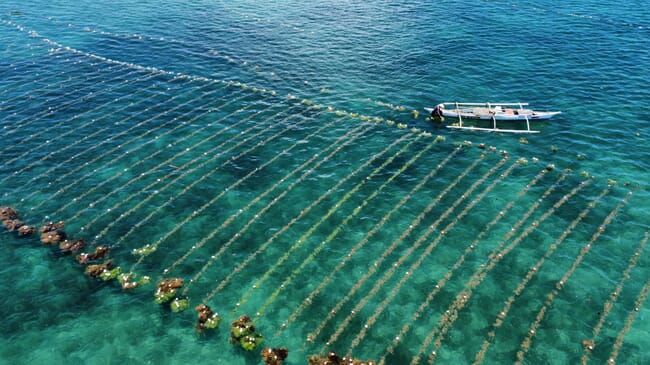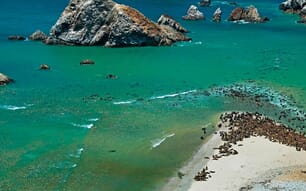
A key aim of the project is to provide the knowledge to move seaweed farming offshore © Hatch
Aquaculture is one of the fastest growing food industry’s in the world and, in order to meet the growing demand for its products, a new collaborative research project seeks to move marine farming activities away from congested coastal areas - which are already heavily polluted - and into open waters.
Many exposed ocean locations are not currently utilised, offering new space for expansion, cleaner and cooler water, less marine animal fouling of farmed structures and an abundant food supply for the farmed species. In addition, aquaculture here has less negative impact on the seabed habitat. However, these environments also present significant challenges, with precise engineering needed to predict the forces exerted on farm infrastructure by currents and waves.
To this end, the international joint project Ngā Punga o te Moana - Anchoring Our Open Ocean Future, in which Technische Universität Braunschweig is involved, brings together experts from the fields of marine biology and hydraulic and structural engineering to develop hardy, production efficient technologies that can survive the high energy open ocean environment.
As part of the project, a new type of seaweed farm is to be developed off the coast of New Zealand. Seaweed is extremely flexible and moves with the waves, which means that its surface area is constantly changing.
“This additional dynamic makes it difficult to calculate the forces acting on the seaweed and the entire farm - an aspect that has not yet been sufficiently researched scientifically,” explained project team member Henrik Neufeldt, in a press release.
Seeking to fill this knowledge gap, the researchers are conducting wave pool experiments combined with computer modelling to analyse the behaviour of seaweeds and farm structures under realistic conditions, even going as far as to create a 1:20 scale model of the farm to test the stability and safety of the structure as a whole.
“The tension and stability of the lines are particularly crucial to ensure consistent growth conditions in terms of light and nutrients,” said Neufeldt.
If successful, the opening of deep water environments for aquaculture may open up significant production opportunities, whilst also helping to protect fragile marine environments from further harm.




